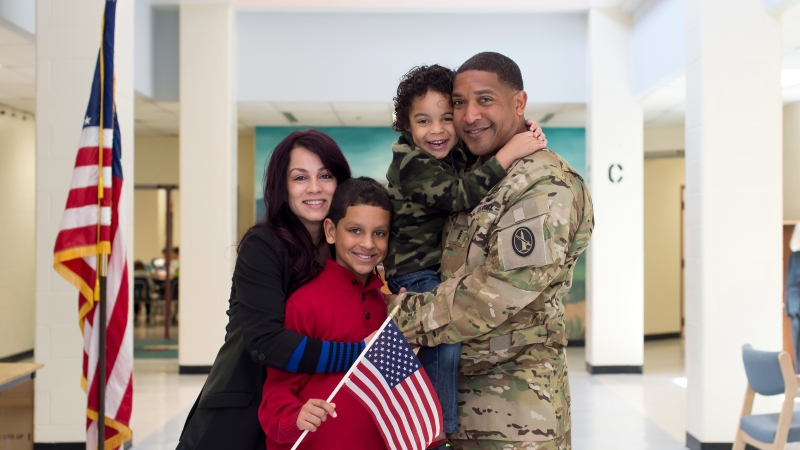
Creative Brainstorming with SCAMPER
Brainstorming encourages children to think of new ideas, combine existing ideas in new ways, and generate original and often unusual ideas.
Brainstorming encourages children to think of new ideas, combine existing ideas in new ways, and generate original and often unusual ideas. Once they have opportunities to practice this type of thinking, children can improve their ability to make inventive or creative connections between ideas and also come up with new ideas. An important rule of brainstorming is that all ideas are accepted and none are judged. The process of suspending judgment is important as it emphasizes the importance of accepting all possibilities and helps to ensure and maintain an open mind. Many great inventions would have met an early end if the inventors had not been open to possibilities and continually thought of new ideas. Thomas Edison’s light bulb is one such invention. While other inventors had already invented an electric light bulb, the filaments that they used were not practical and either burnt out quickly or used too much electric current. Edison brainstormed with his team and conducted over 1,200 experiments before finding a filament that would burn for a long time without burning out.
A fun way to introduce the power of brainstorming to children is a strategy called SCAMPER. SCAMPER is a creative brainstorming technique that helps children generate new ideas by thinking about how to change existing ideas. It also engages children in creative processes such as fluent thinking, flexible thinking, elaboration, and originality. Fluency and flexibility allow students to consider many possibilities while originality and elaboration stretch the uniqueness of their ideas. These thinking skills also build on their natural curiosity and encourage risk taking.
The originator of classical brainstorming was Alex Osborn. He formulated a checklist that could be used to transform an existing idea into a new one. His checklist was designed to have a flexible trial and error type of approach that could be used for thinking of and considering new ideas. Later, Bob Eberle took Osborn’s checklist and developed SCAMPER, a process that allows children to brain-storm multiple possibilities and create unusual connections between objects, and/or ideas. SCAMPER is designed to encourage children to generate unique thoughts, explore relationships, and search for new or different combinations.
Each letter of the word SCAMPER is accompanied by questions and a thought process that encourages creative thinking. The S is for Substitute and is accompanied by questions such as: What could you substitute? What might you do instead? What would work as well or better? If you ask your child to find examples of substitution in their everyday world, they will discover myriad inventions that have evolved from the idea of substitution. Scientists are continually brainstorming ideas and substituting new materials to improve efficiency (faster, lighter bicycles) or to make things safer (flame retardant material for pajamas).
The C is for Combine and children are asked: What could you combine? What might work well together? What could be brought together? Many of the tools and appliances that we use each day are examples of ideas that have been combined: the clock radio, all of the capabilities of a cell phone, a pencil that converts to a pen, a watch with the calendar date, a printer that also serves as a copier and a scanner; the list is endless.
A is for Adapt or Adjust, in other words, changing something to fit a new situation. Questions that accompany this letter include: What could be adjusted to suit a purpose or condition? How could you make it fit? Is there anything else like this? One innovative designer is bringing the convenience of a vending machine to pedal-powered transportation and has adapted the concept of a vending machine to create fully automated rental units that hold up to 100 bicycles. Electric car companies adapted the use of the rechargeable battery to store and supply energy for motor vehicles. Another innovator adapted the common straw and created the “life straw” that filters polluted war and makes it safe to drink.
M is for Modify, Magnify, or Minify. This one challenges children to think of ways to make something smaller, larger, or change color or shape. Questions might include: Could you make it larger, greater, or stronger? Could you make it smaller, lighter, or slower? What would happen if you changed the color, sound, taste, smell? Children’s books provide numerous examples of the results of this type of brainstorming. There are mini books, books with cardboard pages for small children, “Big Books” for teachers to read aloud, books that you can “scratch and sniff” and smell as the story is read, pop-up books, books with large print, and many others. The children’s section of the library is a fun place to search for examples of modify, magnify, and minify.
P stands for Put to Other Uses and asks children to think of how something could be used in another way. Questions include: How could you use it for a different purpose? What are some new ways to apply it? Where else could you use it? Planting seeds in an egg carton or hanging a tire from a tree for a swing are examples of how people put everyday objects to another use. In efforts to reduce waste, children are encouraged to think of other uses for items that otherwise would be discarded. Other examples may be found in the industrial world where cargo ships are now using kites and ropes to capture wind energy and reduce fuel costs.
E is for Elimination or taking away a part of something in order to simplify it or taking out unnecessary parts to reduce waste, cost, time, or effort. Questions that accompany this letter include: What could you subtract or take away? What could you do without it? Simplified packaging, online shopping, a cordless telephone, and organic foods without preservatives are just a few examples of how elimination has changed products and services.
The final letter in SCAMPER is R which stands for Rearrange or Reverse, in other words consider how to put things in a different order. Questions that lead to this type of thinking include: What would you have if you reversed the order or turned it around? Could you change the parts, the layout, or the sequence? Reversible clothes are an example of this concept that is very familiar to children. In addition, schedules are often rearranged to accommodate conflicting events. Fast food restaurants are examples of rearranging the order of service in a typical restaurant in order to save time. Instead of waiting for a server to take the order, customers pay first and are served second. Another example that would be familiar to children when playing music on an electronic device is the shuffle mode which is a way to constantly rearrange the order in which the songs are played. And finally, Choose Your Own Adventure is a series of children’s books in which the story and its outcome can be manipulated by the reader.
Once children become familiar with the letters and the thinking that they represent, you can send them on a SCAMPER scavenger hunt. The rules are simple, they can work alone or in teams, and they search for examples of SCAMPER in their room, their house, advertisements, or any other site – the world is full of examples!
SCAMPER Scavenger Hunt
Work in teams of two or more. Search for and locate the following:
- Something that can serve as a substitute for something else
- Something that has been combined for a new purpose
- Something that has been adapted for use
- Something which has been modified from nature
- What product was put to use in a way it was not intended?
- What product represents elimination for product improvement?
- What is an example of rearranged parts?
- What product was created from turning it upside down, backwards, inside out (reverse)?
SCAMPER is a powerful strategy that encourages fluid, flexible, and productive thinking through exercises that children can apply to their everyday world. It teaches them that many new ideas and inventions evolved from existing ideas and that as the world continues to evolve and change people who have innovative ideas and solutions are needed more than ever. Once children become familiar with each letter and the thinking that it represents the possibilities for applications in their own lives and in their future work are endless.
Related Pages
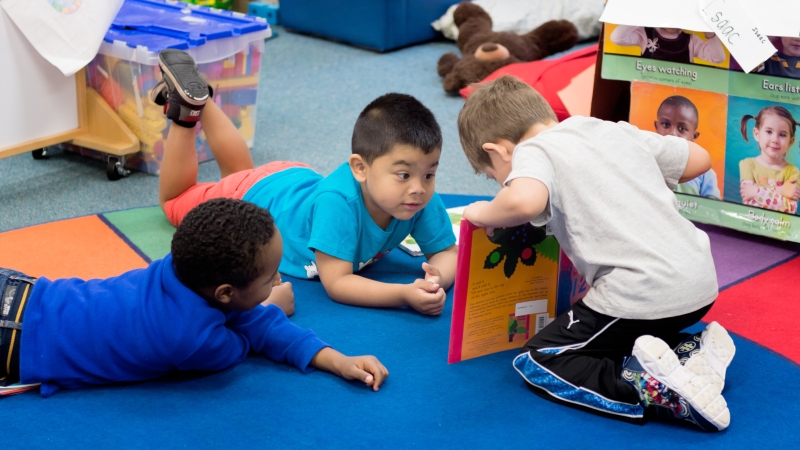
Research - The Road to Action
Teaching children how to research is a critical skill that can start early and will serve them for a lifetime. In today’s world, where there is so much information readily available at our finger tips, it is never too early to begin to teach children how to search with a “critical eye”.

Creative Problem Solvers
The significant problems we have cannot be solved at the same level of thinking with which we created them.
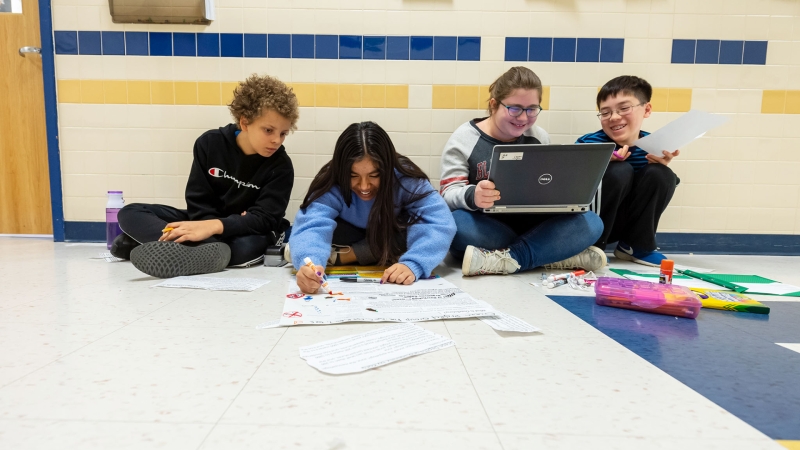
The Art of Persuasion
Persuasion is used quite broadly in today’s society.

Colorful Thinking
What color is your thinking? Six Thinking Hats, a book by Edward DeBono, provides a colorful structure to guide children as they discuss a topic or issue from six different perspectives.
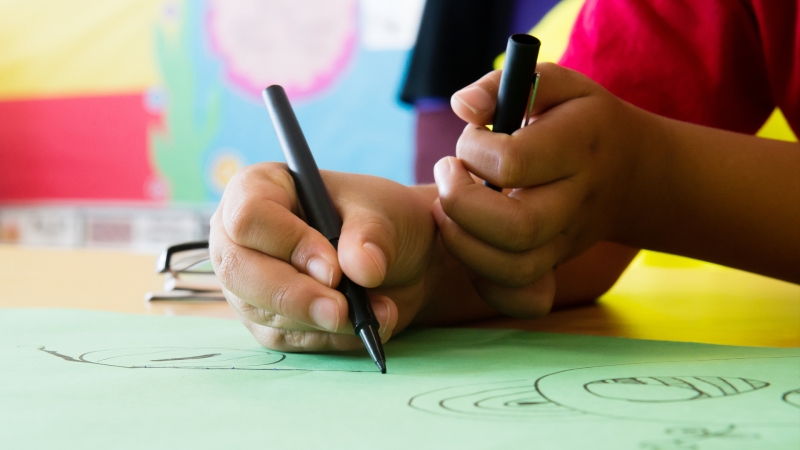
Analogies: Creative Connections!
A facility for working with analogies gives children a structure for generating creative ideas, seeing complex relationships, and making unusual comparisons.
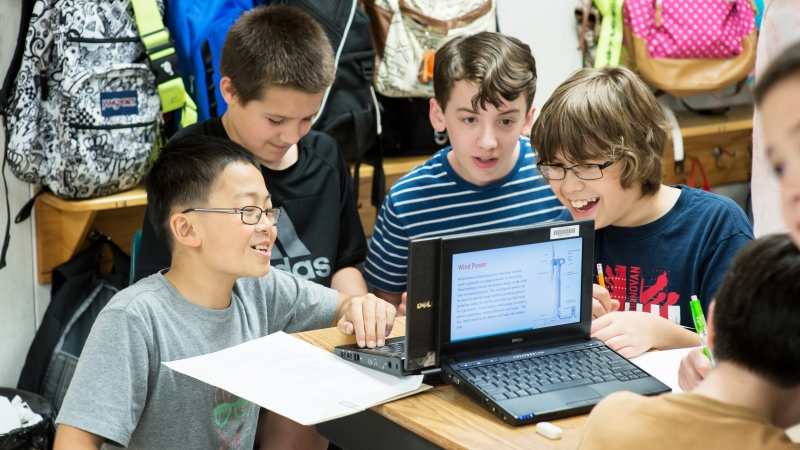
Decisions and Outcomes
“You can’t judge a book by its cover” is an age-old adage that lies at the heart of this decision-making strategy.
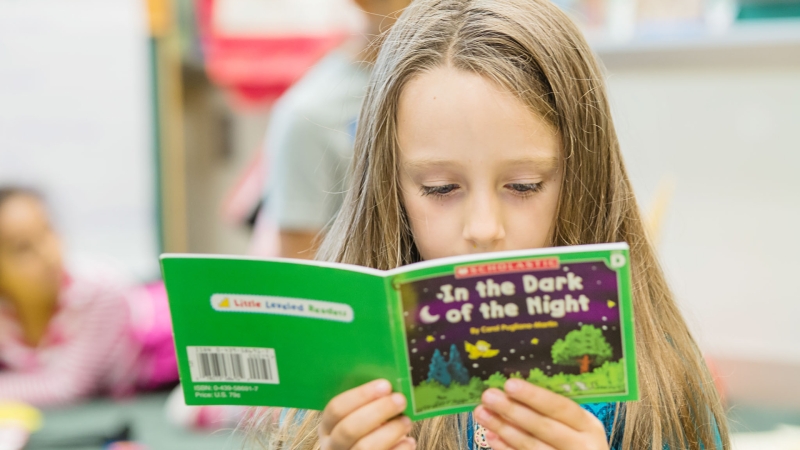
Point of View
Learning the role of view point and understanding that each person has a unique point of view is one of the most important thinking skills that a child can acquire.
